How To Preserve, Pickle, and Dry Foods
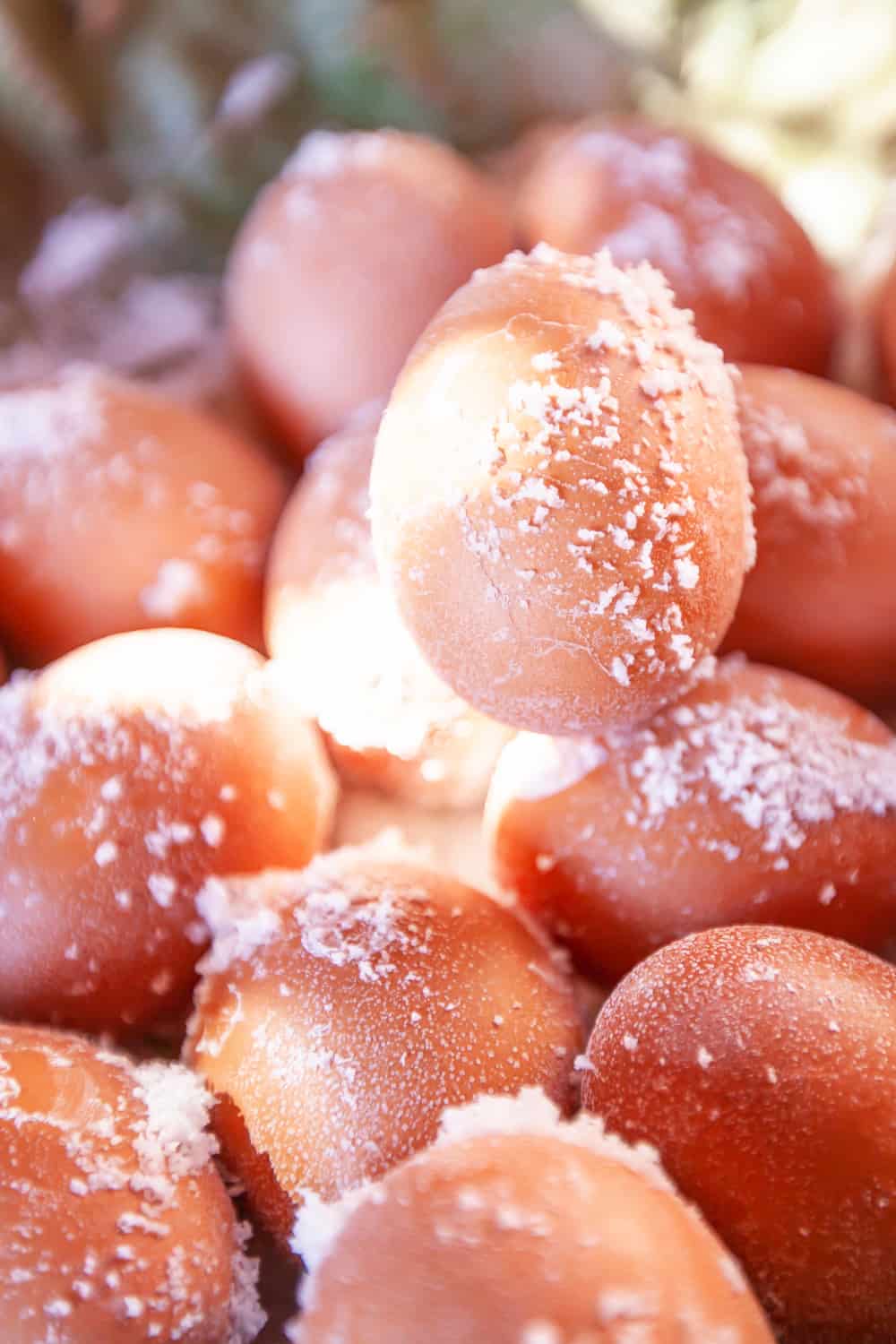
Do HardBoiled Eggs Go Bad?How Long Does It Last?
Marinating, a related technique, swaps salt for acid. Acidic foods like yogurt, vinegar, wine, buttermilk, and even mayonnaise can make great marinades. The science behind this technique is.
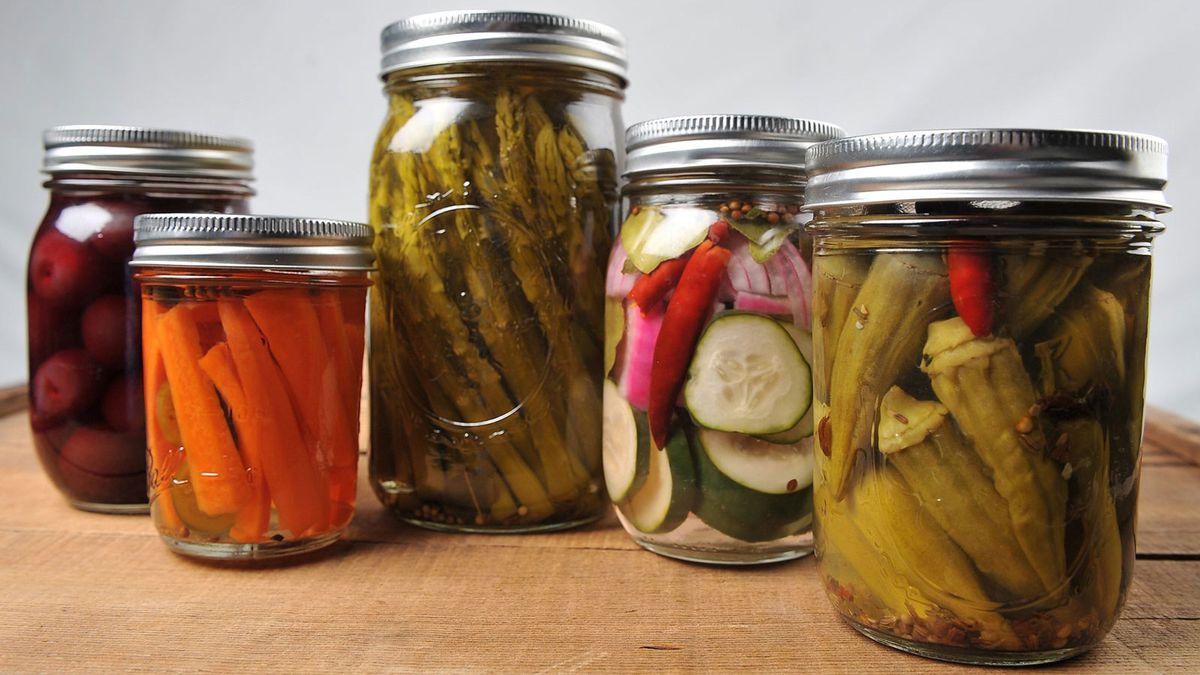
5 Reasons to Start Pickling at Home Food & Wine
Place the vinegar, water, salt, and sugar (if using) in a small saucepan over high heat. Bring to a boil, stirring to dissolve the salt and sugar. Pour the brine over the vegetables, filling each jar to within 1/2 inch of the top. You might not use all the brine. Remove air bubbles.

Pickling Recipes, Cooking Recipes, Bulgarian Recipes, Gravy Sauce
Cook and cover. Combine your vinegar, water, sugar, and salt in a saucepan and bring to a boil, stirring to dissolve the salt and sugar. Let boil for 2 minutes and then remove from heat. Pour the hot brine into the pre-seasoned jars of pickles until the liquid has completely covered the vegetables.

While you can technically pickle any time of year, something about
Last Update: January 19, 2024. Pickling is one of the oldest yet timeless methods of preserving foods. While the concept remains simple—using vinegar, salt, and spices to extend shelf life—the flavors and textures achieved through controlled fermentation are complex and versatile. Though pickling conjures images of cucumbers bobbing in big.
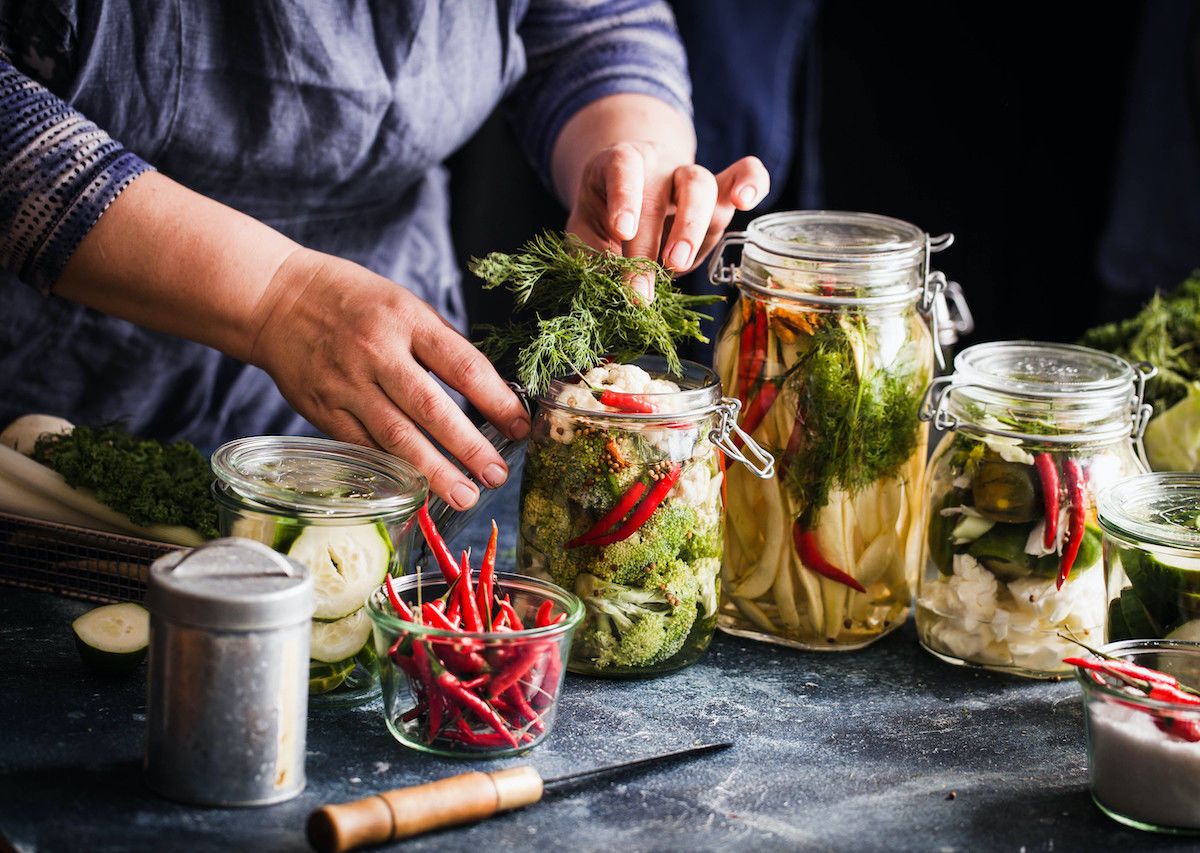
How To Preserve, Pickle, and Dry Foods
Then, add them to a jar. Make the pickling liquid by combining those ingredients in a small saucepan and bringing to boil over medium-high heat. Pour the hot pickling solution over the vegetables in the jar. Cool the mixture of hot brine and vegetables to room temperature, then cover and refrigerate for at least 2 hours.
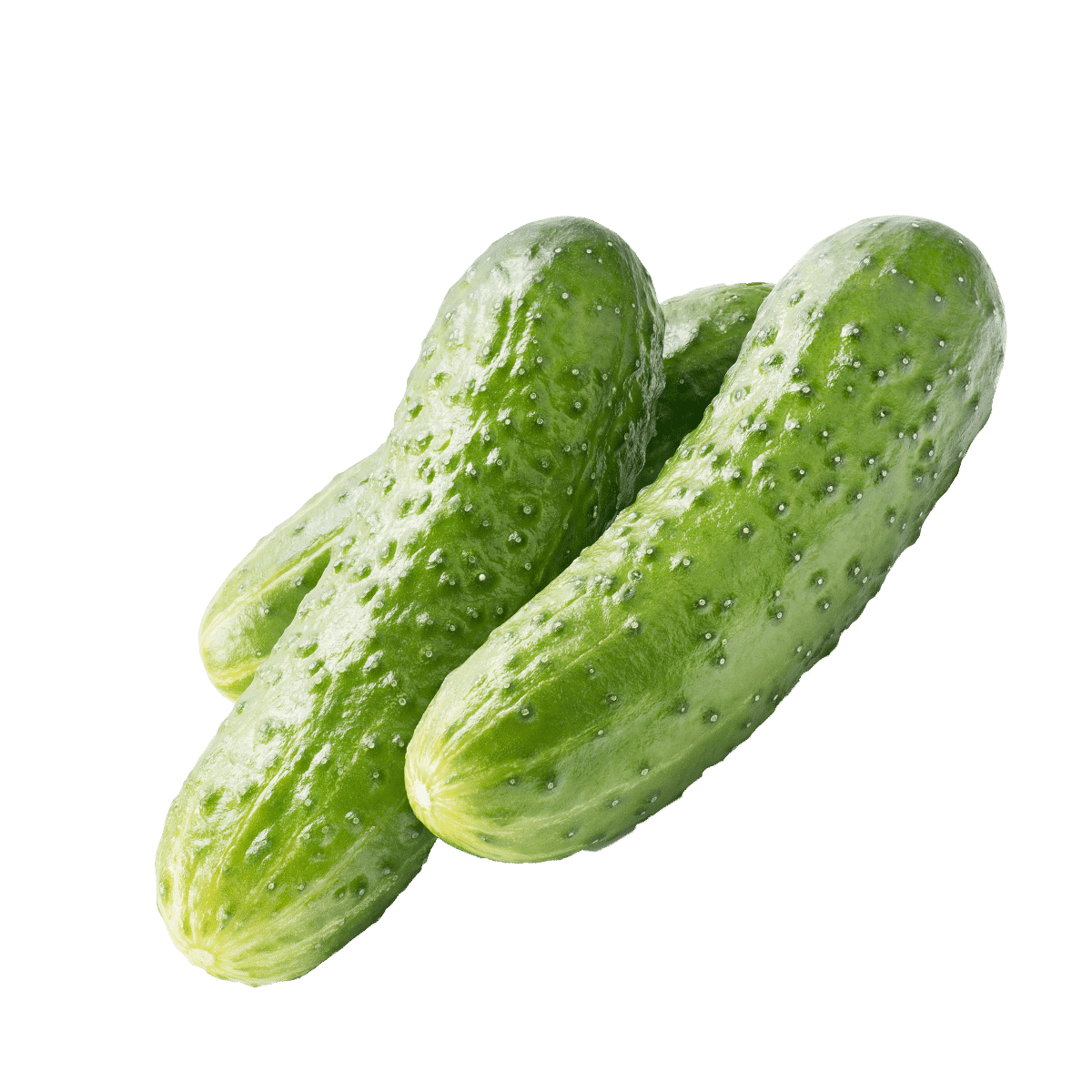
Pickling Cucumbers (USDA Organic) BinksBerry Hollow
You need three main ingredients to properly pickle anything. You can add two optional ingredients if desired. Here's what you must have for pickling: 1. Vinegar. There are two options when choosing the best vinegar for pickling. Your first option is to use distilled white vinegar or white wine vinegar.
My first attempt at pickling Red Chillies in white wine vinegar
Place the fish back in the bowl and soak in white vinegar. Cover the bowl and refrigerate for at least 48 hours. Remove the fish from the vinegar and rinse in cool water. Now it's time to make the pickling brine. In a pot, add a 1/2 cup of white wine, 1 1/2 cups sugar, and 2 cups of white vinegar.

Liquid S S Pickling Gel at Rs 160/kg in Indore ID 25163135712
Add the vinegar, sugar, and bay leaves. Let them simmer, and allow the sugar to dissolve. Set the mixture aside to allow the spices to infuse further. Then pour the mixture into the sterilized jar. Store the jar in a cool, dark place until the mixture has fused to your liking. (Anywhere from 2 weeks to 3 months.)

Pickled Food in Charlotte Charlotte's got a lot
A pickling vinegar is a type of white vinegar with a higher acetic content than regular varieties, generally around 7 percent. However, the term "pickling vinegar" is loosely used and causes plenty of confusion for home canners. In some circles, pickling vinegar refers to any vinegar with added salt and other spices and seasonings.
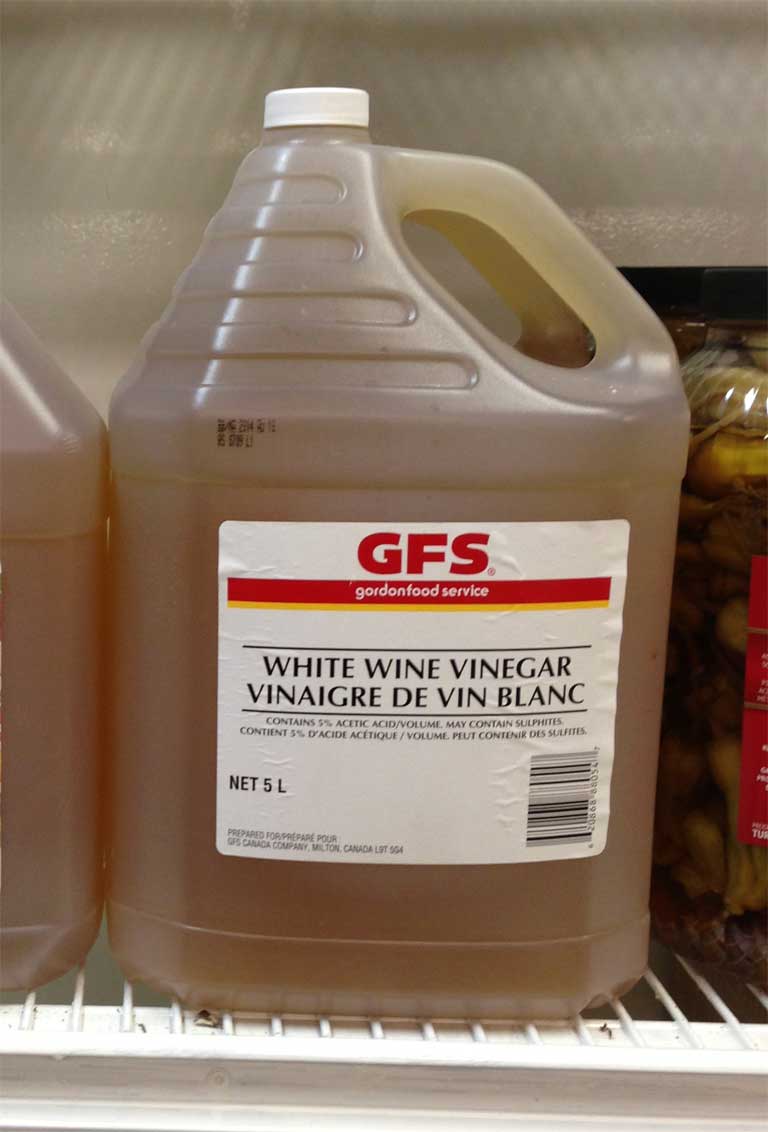
Pickling Supplies in Kingston Ontario
Wine vinegar, made from red or white wine, is another choice for pickling. It adds a subtle fruity flavour to your pickles. Because it is typically lighter in colour than malt vinegar, it won't significantly alter the appearance of your pickled items. Always check the wine vinegar label to ensure it has a 5% acetic acid content before using.
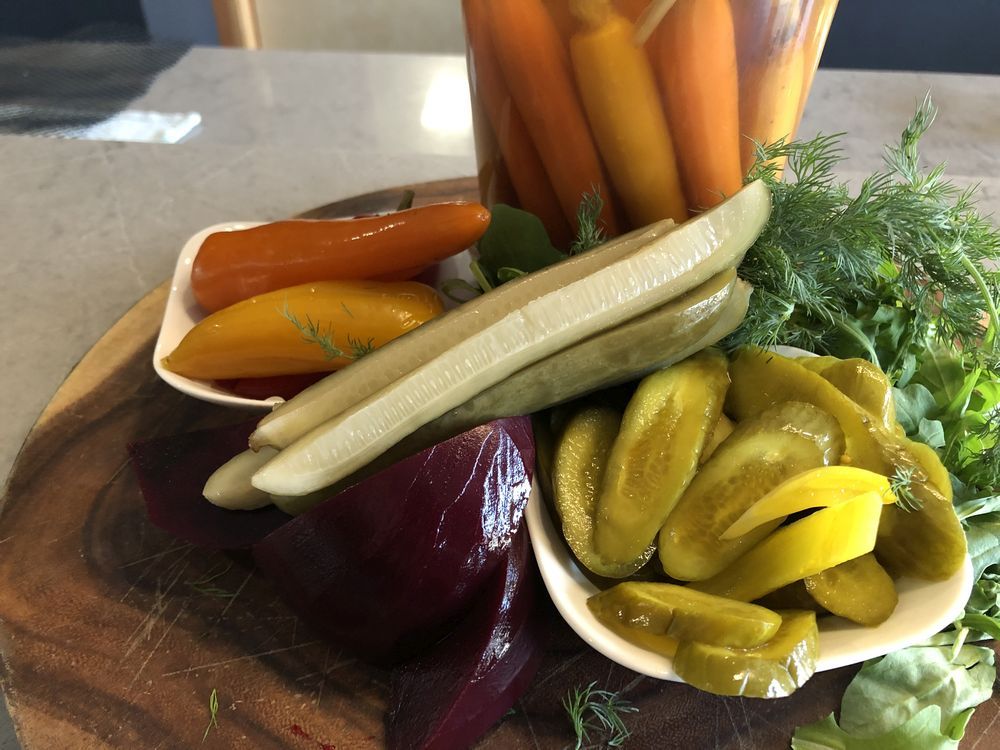
See you later, sourdough Pickling is the hot DIY food trend of 2021
Pack the prepared fruit or vegetables tightly into a glass jar along with any chosen flavoring agents. Leave a half-inch space between the rim of the jar and the top of the produce. Place the vinegar, sugar, salt, and boiling water into a bowl or measuring cup and whisk until the salt and sugar completely dissolve.

Pin by Patty Erickson on Pickling and Canning Wine recipes, Oranges
Red wine vinegar is perfect for pickling onions, olives, and peppers, infusing your homemade pickles with an unforgettable culinary experience. While red wine vinegar may slightly alter the color of your pickled goods, it is a small price to pay for the amazing taste it imparts. 4. Rice Vinegar

5 Other Blogs on Canning/Pickling Jughandle’s Fat Farm
Pickling Brine: How to make: Wash and slice the veggies, then divide them evenly among the pickling jars. Bring vinegar, water, sugar, salt, and wine to a boil. In the meantime, divide spices evenly among the jars. Once the mixture is boiling, use a funnel to pour it into the jars. Add enough to submerge all the veggies.

Homemade Pickles Pickling Cucumber, 2 g Southern Exposure Seed
In Wine Sauce. Step 1. Soak whole salt herrings for 12 hours in several changes of cold water. Remove herrings from water and bone and skin them, producing 6 or 8 fillets. Step 2. Bring first 6 ingredients to boil. Remove from heat and cool completely. Step 3. Put fillets in suitable shallow dish, strain pickling liquid over them and marinate.
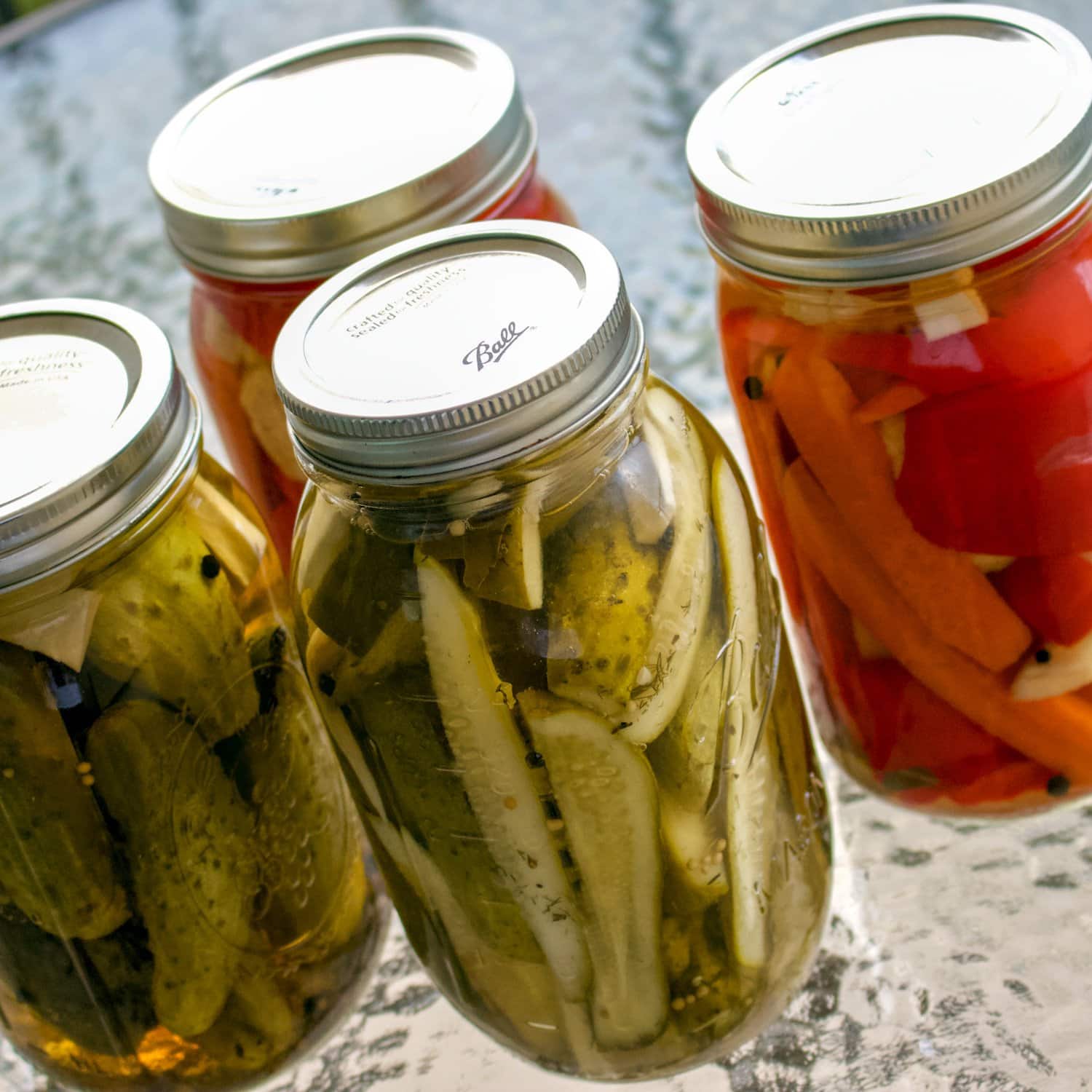
Pickled Cucumbers in VinegarEasy Recipe The Bossy Kitchen
Pack the veggies into the canning jars tightly without smashing them, and leave room at the top for the brine and headspace (1/2 inch for pickles). Make your pickling brine by combining the vinegar, water, and salt in a stainless-steel saucepan over high heat. Bring to a rolling boil, then pour the hot pickling brine over the veggies covering.
Champagne Thursdays I Got A Pickle
Pickling fruit and vegetables at home is simple and easy, and means you'll have tangy, bright pickles, pickled onions, corn, zucchini, peaches, and peppers anytime you want, all year round.